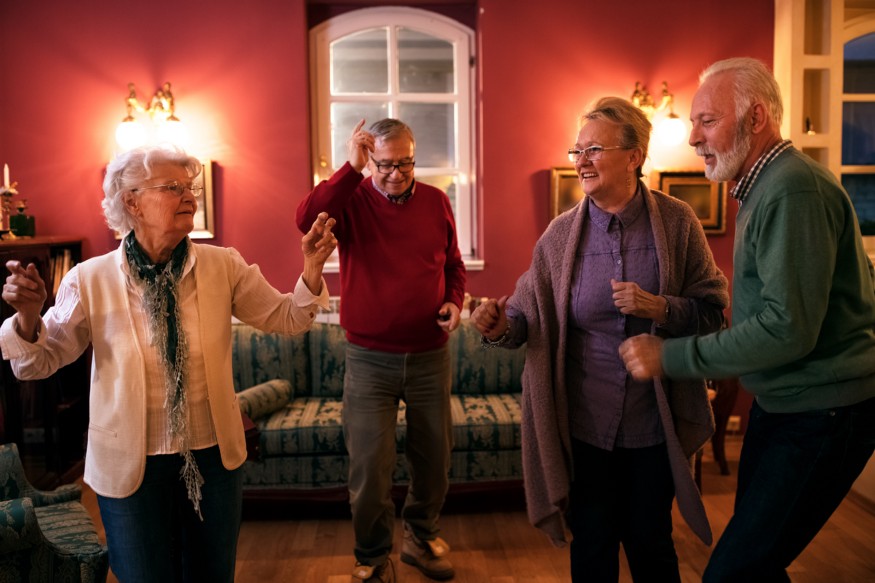Why We Need More Choices to Make Better Decisions
When you’re faced with choosing a living situation either for yourself or for a loved one, you have choices. Will you make better choices if the options are limited, or as wide as the sky? Knowing the answer to that question can help you decide how to go about locating prospective choices, and when to stop adding to the list of options in consideration.
People Do Experience Decision Fatigue
Decision fatigue is real, and it affects our decision-making. What this means is that after having to make a large number of choices, your ability to consider each one reasonably declines. You become sloppier and less interested in giving thought to options. Basically, your mind has declared that is has no more energy for this.
For this reason, you might think that fewer options are better. They are not. Because unfortunately, living situations are too complex and nuanced for it to be likely a truly good fit is in a small sample size.
So the answer is to have a large set of options, with lots and lots of variables. When you start out with a large group, you’ll find options you wouldn’t have even realized were available. Or even possible. Services you didn’t expect, but very much like. Locations you thought you couldn’t afford, but it turns out you can.
This decision process can take as little as 2 days or as long as needed. The key here is to have a methodology, and some time to decide. Being able to sleep on a decision, or let your aging parent sleep on it, before taking action is priceless.
How Does One Decide With So Many Choices?
Here’s a method to manage decision fatigue and lead you to the right living situation:
First, don’t do any steps here without the interaction of the person you’re seeking housing for if it’s possible for them to participate. They need to be included if at all possible, and ideally only one other person will be going through most of this process with them.
1- Ask: “What is absolutely necessary?”
Some things are non-negotiable. If there must be wheelchair accessibility or a nut-free kitchen, you’re not going to sacrifice some things. Be careful not to declare a necessity that is actually a want. This can cause trouble down the road when you realize you missed a dream senior housing opportunity because it wasn’t on the beach. Eliminate all options that fail this test.
2- Then ask “What is absolutely unacceptable?”
In a way, it’s the same question, but it’s not. You may not have thought of “must be a single occupancy room” but may have been able to easily come up with “no roommates”. Once again, throw out options that you can’t tolerate.
3-Now that you have a wide range of options- observe.
You may not love them all, but you would be willing to accept them, theoretically. Now there are things you like most about each of these, surely. There will be a few reasons you like places, and these will be individual to you. You may find that you’re gravitating towards the ones with the most attentive medical care. Or the ones with the most walkable neighborhoods. Best views from the window. Most modern decor. Pay attention, sift through the options and figure out what features are catching your eye. Make no decisions yet, just notice what you value.
4- Identify the top factors that you value.
Not the top factor, the top factors, plural. Aim for at least 3, but 5 is better. Your wishlist may have items like: a social calendar, pets allowed, has a garden or park, near my grandkids, a church, and access to a kitchen for cooking. Whatever the list is, it’s yours, so there are no wrong answers.
5- Go through and score each option.
Each remaining choice gets one point for each of the wishlist values it provides for. If you had 5 things on your wishlist, you’ll end up with properties with scores of zero through 5. You can probably throw out all the 3s and below, but if you’re sad to see one of them go, ask yourself why. You may have another valued feature that you hadn’t realized. If this happens, include that want on your wishlist and start over.
6- Considering the small set of options
Looking at only the choices that met all or most of your wishes, you may be down to just one choice or for more than you’d like. If you need to narrow options down more, add a throw out the ones that almost met all your wishlist items. No need to sacrifice.
7- Now it’s time for sleeping on it.
You will literally make a better evaluation of the options if you sleep a full night and address them with a fresh mind tomorrow. This is also the time you may want to widen the pool of decision-makers to include close relatives or others the decision might affect.
If you follow this method, you will be guaranteed to arrive at a senior living situation that meets not only your needs but most or all of your wants. And you’ll have the luxury of knowing that you didn’t miss your dream opportunity because you started with a wide net. And you’ll have used that sea of options as a tool to help you clarify your real wish list- getting to the best senior living situation for you. Identifying wants and values you may not have known you had.
HYGGE AIM, Inc dba mihygge
Copyright 2020

One thought on “Why We Need More Choices to Make Better Decisions”